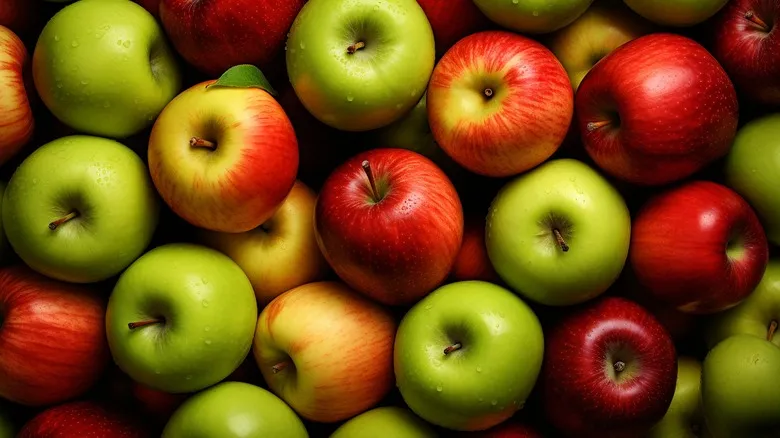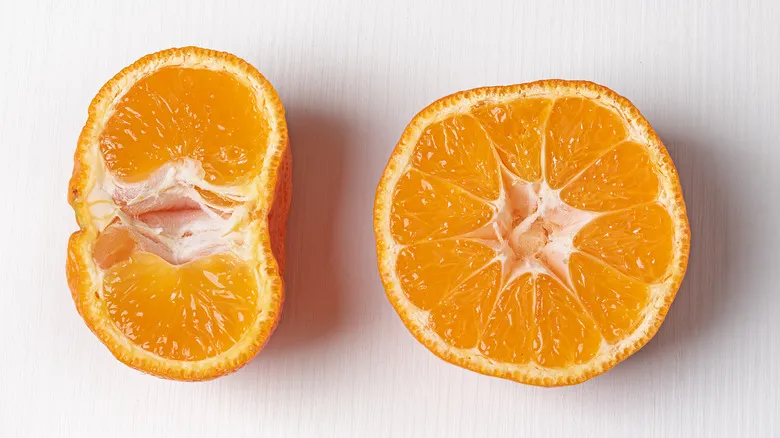Lengthwise vs crosswise cuts

Understanding the distinction between lengthwise and crosswise cuts can greatly simplify the recipe-reading process for any cook. For example, when slicing a dragon fruit, making a lengthwise cut allows for easier scooping compared to a crosswise cut. Similarly, mastering the technique of "spiralizing" a hot dog to increase its surface area and accommodate more tasty toppings requires a clear understanding of what a lengthwise cut entails and how to execute it.
The basic principle to keep in mind is that a lengthwise cut runs from one end to the other, typically in a vertical direction. In contrast, a crosswise cut slices around the circumference of a round fruit or vegetable. This knowledge can be a lifesaver, especially when attempting to make onion rings or during a hectic recipe preparation when a novice cook might not readily recall the difference.
Recommended

What Is The Difference Between Parchment Paper And Wax Paper?

7 Must-Have Canned Foods And 7 To Avoid In Your Pantry

The Best Way To Store Apples So They Stay Crisp

Your Electric Kettle Can Clean Itself With One Simple Solution
Next up





